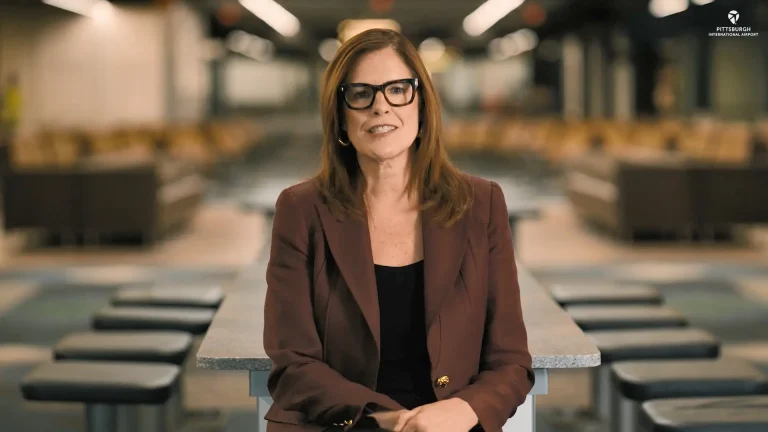7 ways to give your internal comms a boost
Starting fresh or building on what you have, here’s how to keep employees informed and engaged
Organizations have asked a lot of their internal communicators in the last few years: Staffing pandemic command centers, promoting more active diversity and inclusion programs, and searching for new ways to connect and engage a workforce, whether it’s remote, full-time in the workplace or some hybrid.
Whether you’re building a new internal comms function or looking to boost the one you have, here are 7 ways to meet the new challenges of the post-pandemic era.
1. Get explicit executive support.
It’s one thing to have a budget for internal comms. It’s another to have leadership openly and visibly support your goals. You need to move your executives beyond the “what” of communication and focus on the “why” and “how.”
Your plan should be written down and widely distributed. Without clear understanding and reinforcement of your efforts, other levels of leadership may push back or go rogue. That’s harder for them to do when it’s obvious the C-suite has your back.
2. Listen to employees.
Many organizations are regrouping post-COVID, and the effects are rippling across the enterprise. Before you map out an entire communications plan, go talk to the audience.
Send a survey, hold some focus groups and talk with managers to understand their communication preferences, needs and desires. Pay special attention to those employees who are hardest to reach through the communications channels the rest of us take for granted, including email and — intranets.
3. Prepare to manage change.
Whatever your new work policies, there will be many “firsts,” including new event formats, voice and tone of content, upgraded internal digital tools, manager communications and more. These will require explanation and socialization before you launch anything.
Help executives frame the big picture for employees. Tell your people leaders what’s coming and recruit them as your partners. Call any new project a “pilot” — not definitive or dictated from above, but a test or a trial.
4. Streamline your approval process.
With new approaches and initiatives, your executives (and other leaders) will want eyes on everything. This can cause massive delays and halt projects altogether. Work with the approvers to define what rises to the level of needing approval, who will be involved and who has the final word. Setting expectations early will eliminate the frustrating experience of sending a newsletter for review to the entire distribution list.
5. Pulse checks.
Don’t rest on your laurels. Check in regularly with small measures of how your communications tools and content deliver. A survey with five or fewer questions sent after a Town Hall, a new tool launch or an initiative rollout will provide valuable data to determine what’s working and what isn’t.
6. Get personal.
Your employees are diverse and therefore require different news and information. Retool your intranet to offer local news, stories and events based on login data. End generic announcements that try to be everything to everyone. Infuse employee storytelling into executive talking points. Think geographically, not generically.
7. Let some things go.
During the worst of the pandemic, some communications took a backseat to more pressing matters. Take a step back and review all of your content channels. Which ones have the most significant impact on the organization? Are you spending most of your team’s energy on those? Stop doing the things with little to no impact and create space to innovate around the ones with the most impact.
Rebecca Shaffer was the managing partner of Ragan Consulting Group.
Contact our client team to learn more about how we can help you with your communications. Follow RCG on LinkedIn and subscribe to our weekly newsletter here.







